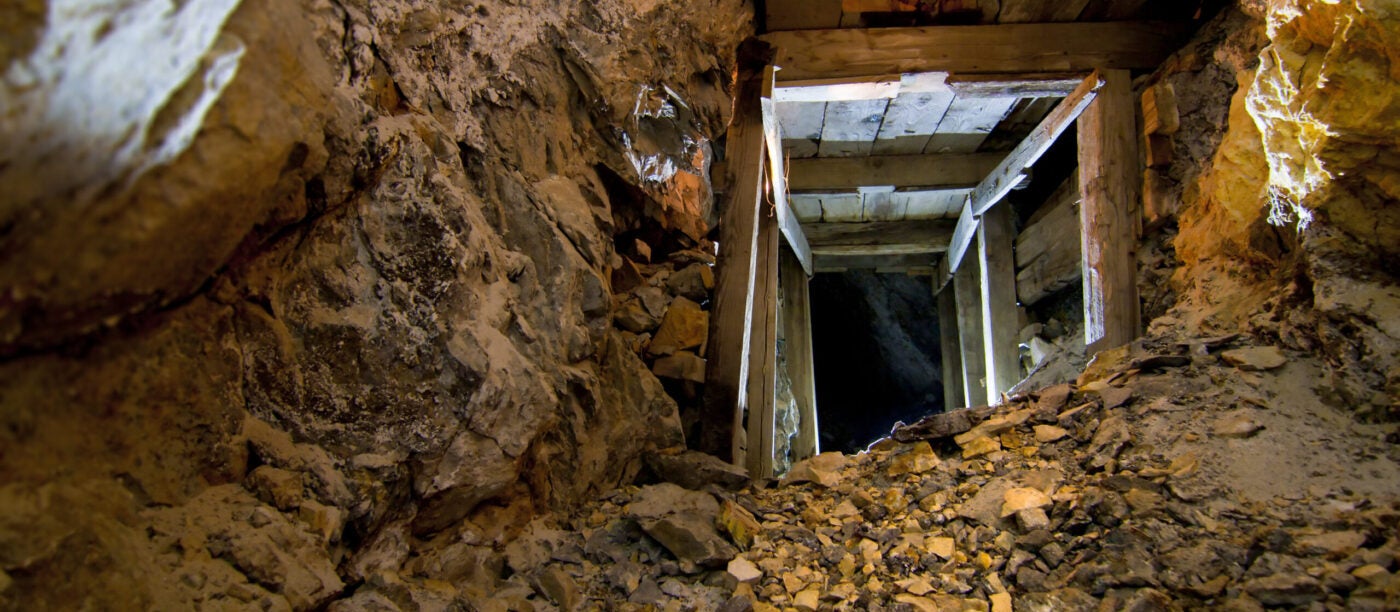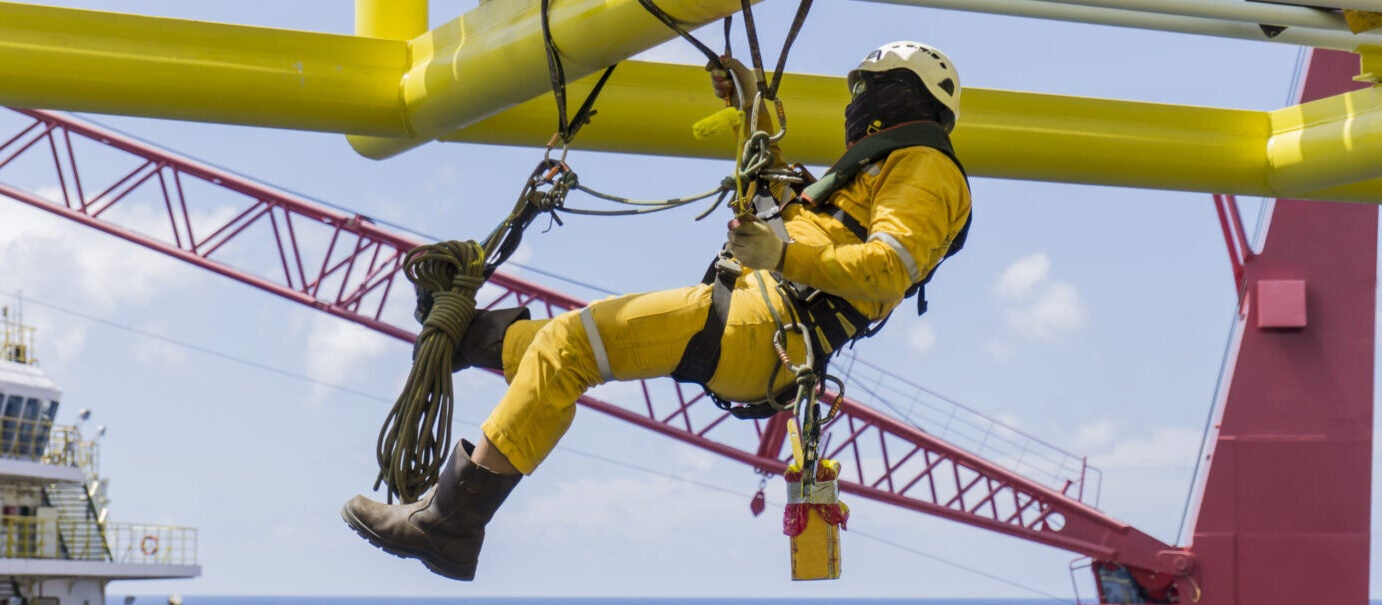
Many of the most infamous mine roof collapses share one thing in common: ignoring or not adequately addressing inspection citations.
MSHA is required to inspect underground mines four times a year for health and safety compliance, although mines with high levels of explosive or toxic gasses are inspected more often. Further Inspections will also be conducted in response to complaints of hazardous conditions.
MSHA Best Practices for Mine Roof Collapse
In 2016, in response to ten roof falls that occurred on working sections after the roof was bolted, MSHA updated its best practices to prevent and predict roof collapses. These events were considered particularly worrying because roof falls at the loading point are especially dangerous as this is where most workers will be located.
Between 1999 and 2008, prior to these changes, MSHA reported that almost 40% of all underground fatalities were attributed to roof, rib, and face falls.
MSHA now states that mines must know and follow the approved roof control plan and that there must be frequent examinations. Mines must also be conscious of changing conditions, as this may affect roof or rib conditions. In the event of adverse conditions, additional roof and/or rib support must be installed.
Supplemental support includes equipment such as screens, steel straps, header boards or larger roof bolt plates, and extra support in the vicinity of the last row of bolts should also be used where appropriate. Test holes should be used to check for cracks and other potential hazards above the roof bolts.
Workers should immediately inform mine management and other miners if there are any unusual roof or rib conditions, and no personnel should travel under an unsupported roof.
In the event that the roof becomes unstable, equipment should be withdrawn immediately.
NIOSH Mining Program: Preventing Mine Roof Collapse
As part of its Mining Strategic Plan for 2019-2023, The National Institute for Occupational Safety and Health (NIOSH) set out a number of priority research areas, including “improved safety in relation to the wide range of tools, stationary equipment, and mobile equipment used to extract and process mined materials”, which includes safety equipment for preventing roof and rib falls and ground failures.
Ground Monitors and Fault Monitoring Systems
Carroll Technologies provides a range of Simplified Mining Instruments (SMI) ground monitoring systems for mining infrastructure that allows operators to analyse rock stability and make critical decisions. The SMI product range includes Miner’s Helper Extensometer for monitoring roof sag, the Sag Flag for continuous monitoring of ground movement, and the Miner’s Eye Bore scope camera for visual inspections of boreholes
PEMCO continuous ground monitors verify the integrity of AC ground wire in heavy equipment trailing cables, while MCI’s ground monitors and ground-fault replays improve personnel and electrical equipment safety.

